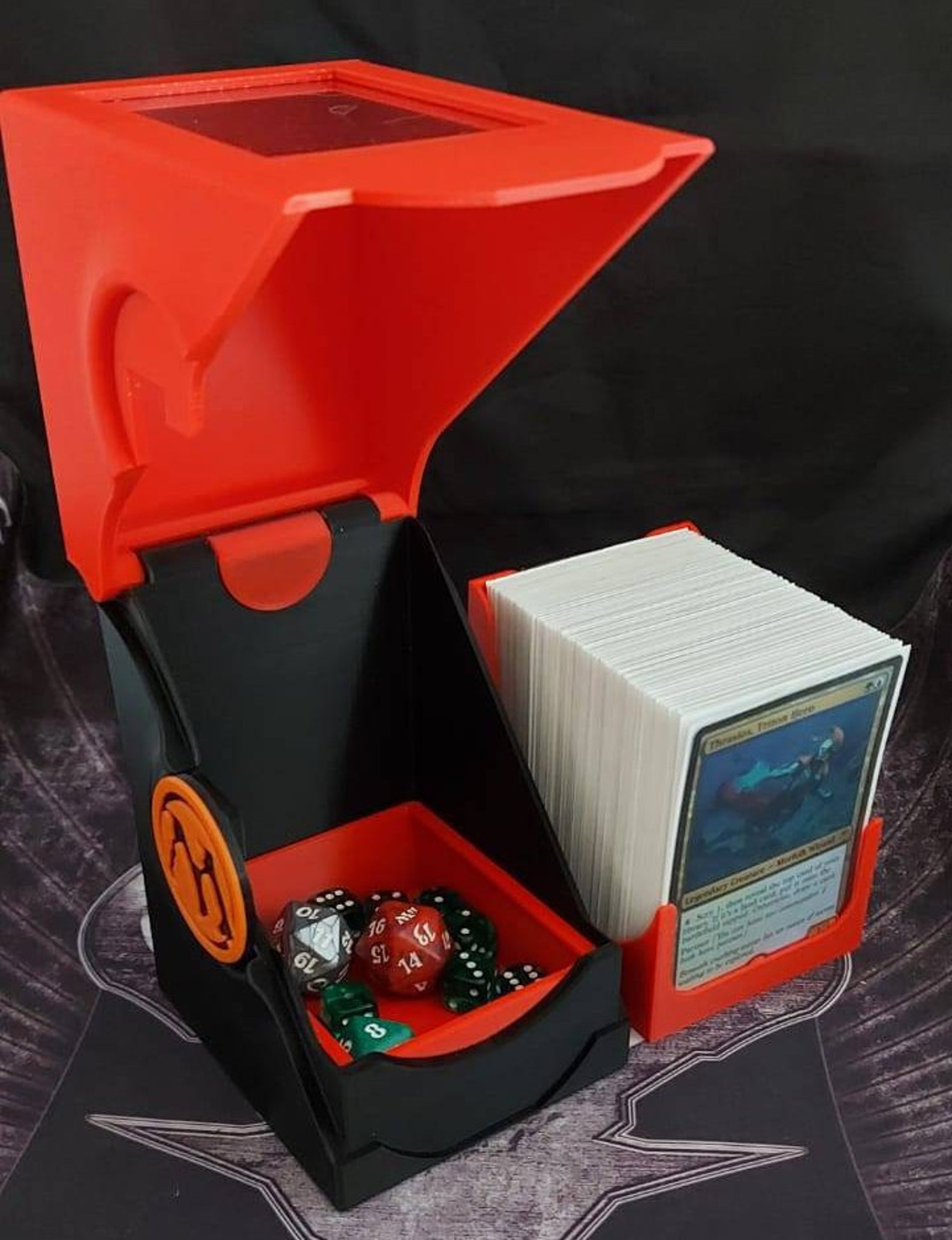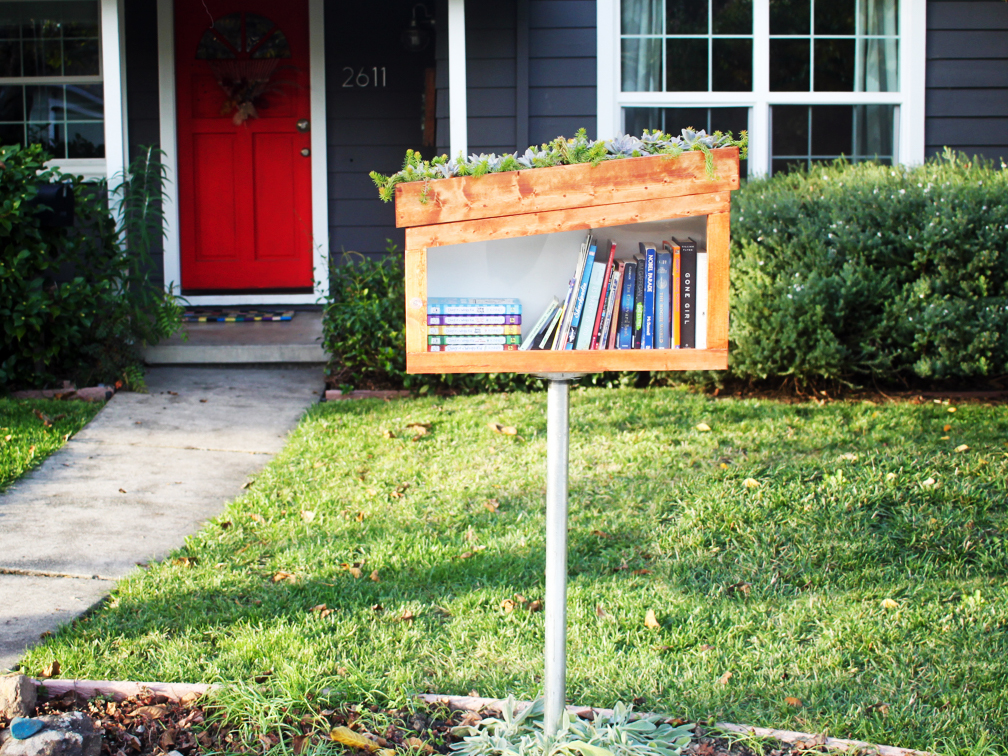
For that to be the case, each card would somehow have to be able to look at the surrounding cards, see that they are the same type as itself, and move itself away from them. If the deck is properly randomized, that doesn’t mean that there are no clumps of one type of land. Similarly, let’s say we have a deck containing 30 Plains and 30 Swamps. (More specifically, this perception of randomly distributed clumps as having some underlying reason is called the clustering illusion.) This is really just a general form of the gambler's fallacy- expecting that the position of one dot can influence the position of another dot in order to make the whole picture "fair". People tend to perceive true randomness as having patterns, and expect randomness to mean the same as "evenly distributed".

Image B has the rule that every dot must be at a minimum distance from every other dot. Most people say that image B is the random one, but it's actually image A. Which of these two images is a random distribution of dots, and which one has some underlying rule?

This mistaken belief is called the Gambler's Fallacy. This obviously is beyond the capabilities of a coin. For that to be the more likely outcome, the coin would somehow have to be “remembering” what the past results were, and using that information to determine the next result. If I flip a fair coin 10 times and get heads every time, it is not more likely to come up tails next time. I just want to go over what it means for something to be “random”.Ī common misconception about random chance is that an event can be “due”. Don’t worry- I’m not going to bombard you with a bunch of probabilities and calculations. Once we’re done, you’ll be able to explain exactly what randomness means as a concept and why certain ways of shuffling are better than others.īefore we talk about actual shuffling of a deck, let’s talk about randomness itself.

This article is a bit longer than you might be used to, but I guarantee it’s worth the read. Instead of just talking about the common shuffling methods and which ones are the best, I’m going to go over exactly what randomness is, how it applies to real-life shuffling, and what the different shuffling methods actually do to the cards in your deck. In this article, I’m going to try a slightly different approach. There have been many articles written about shuffling, and yet a lot of people still don’t understand it very well.


 0 kommentar(er)
0 kommentar(er)
